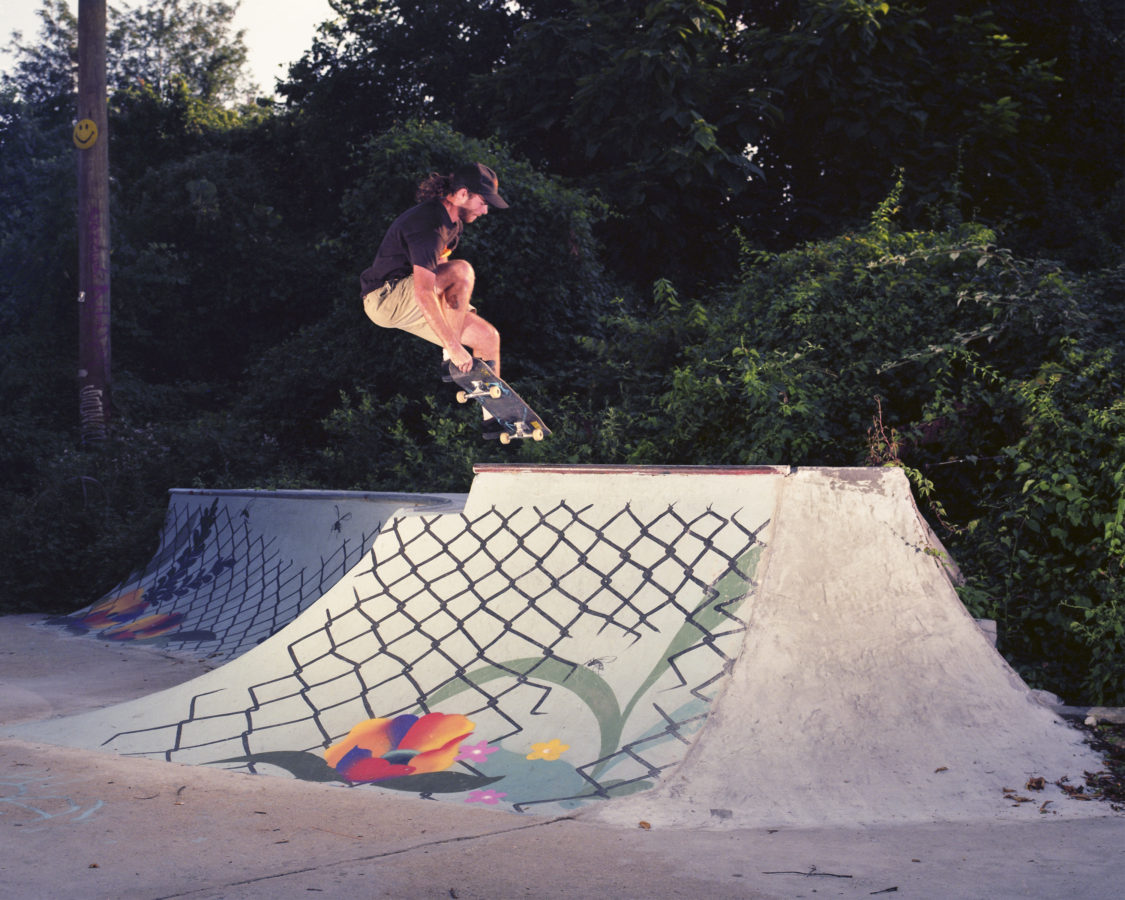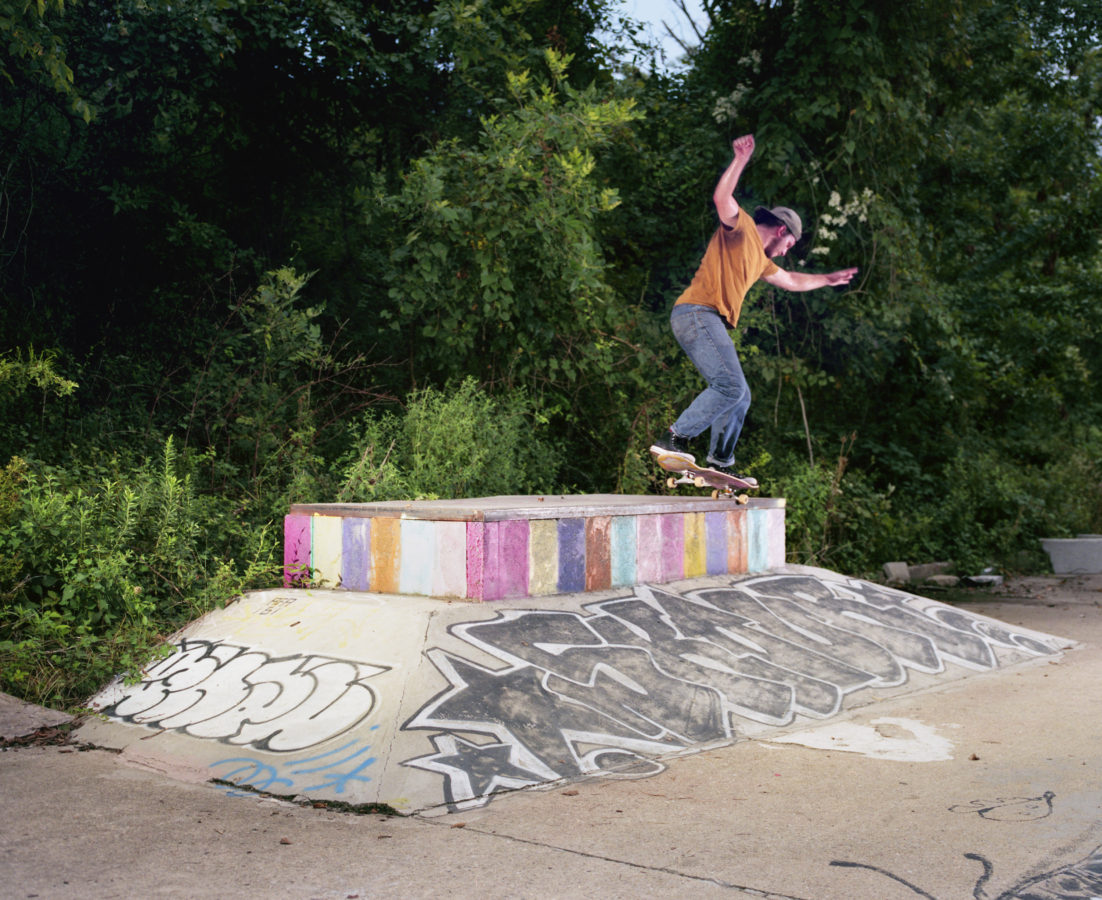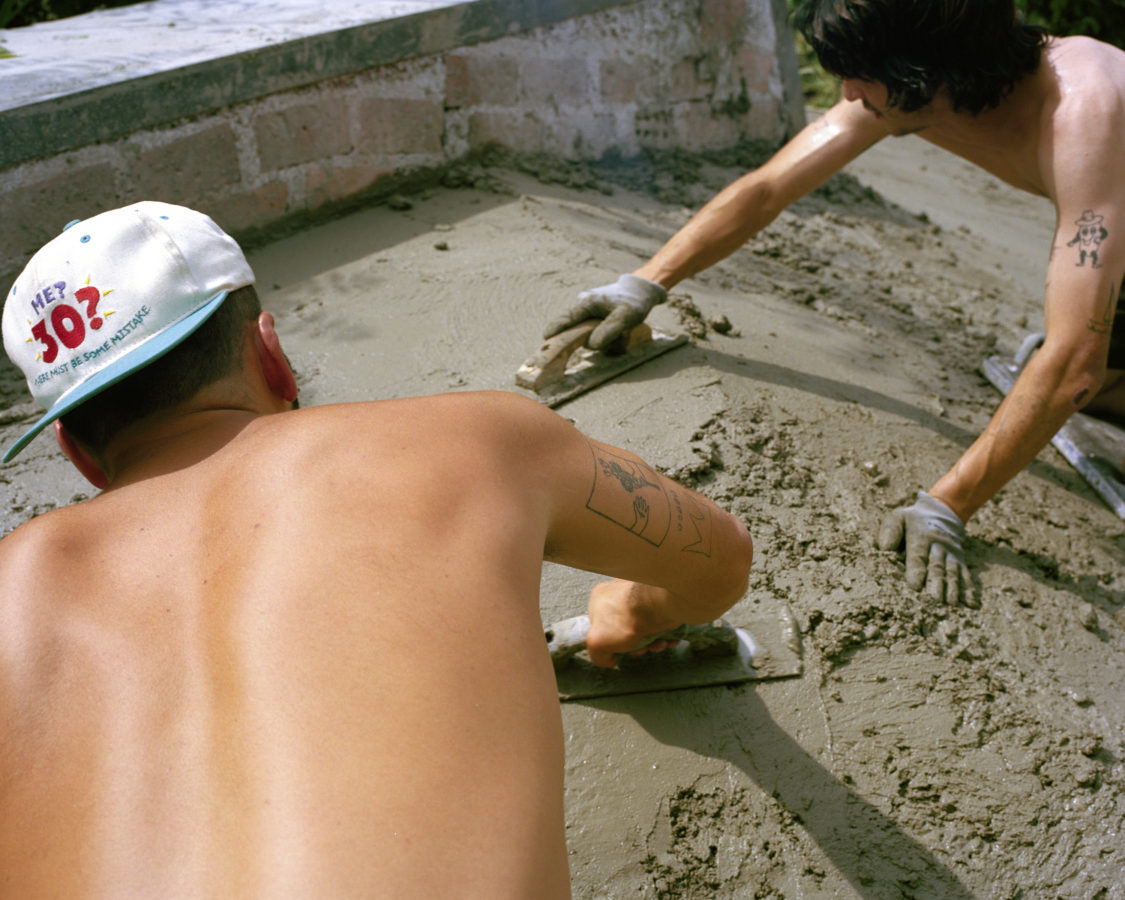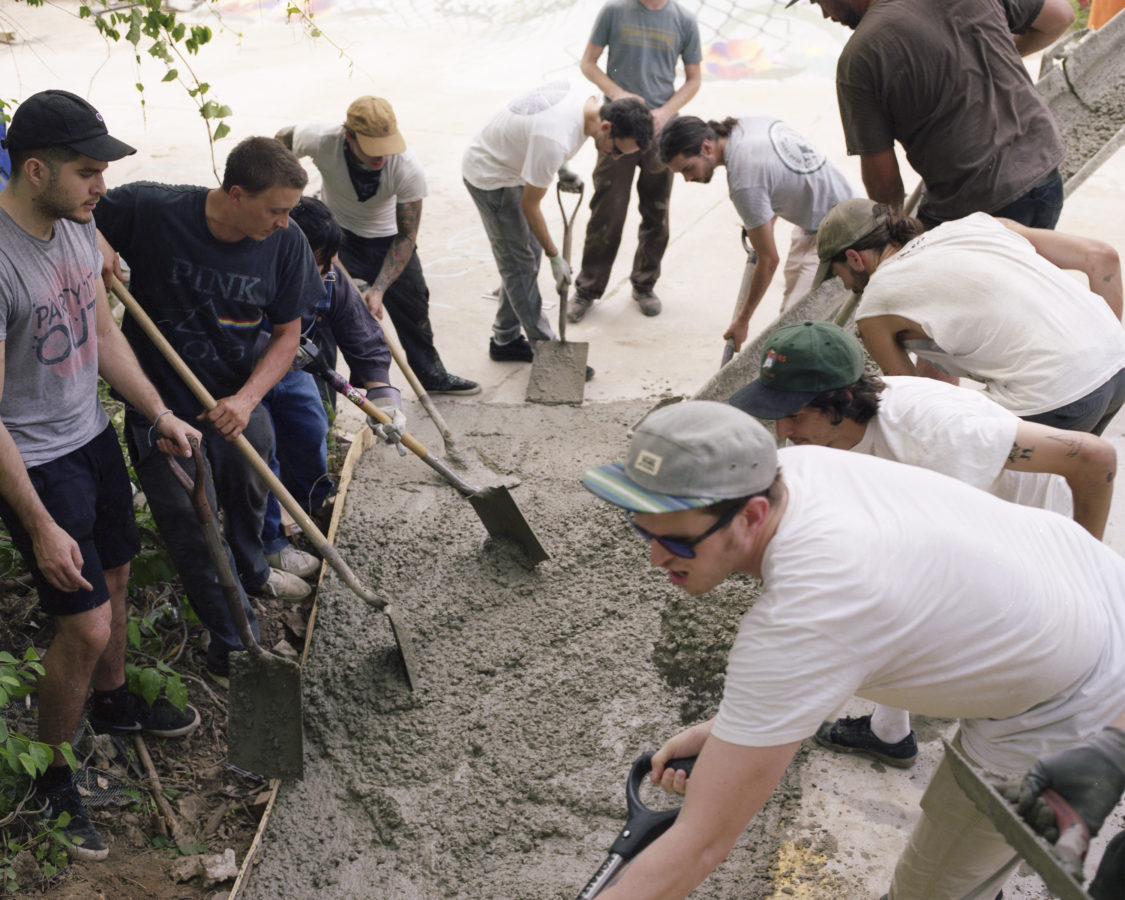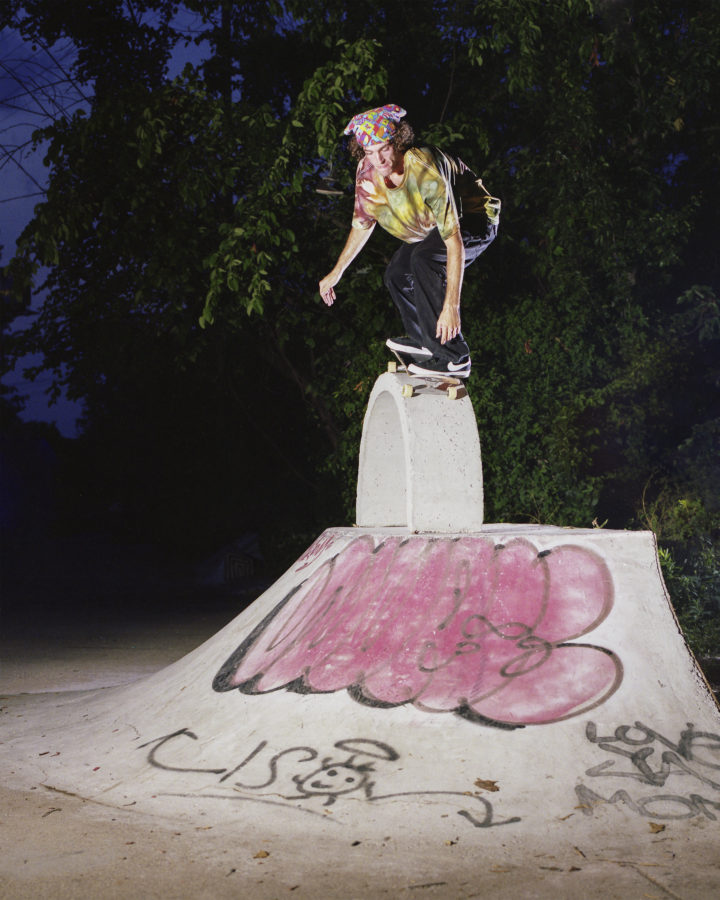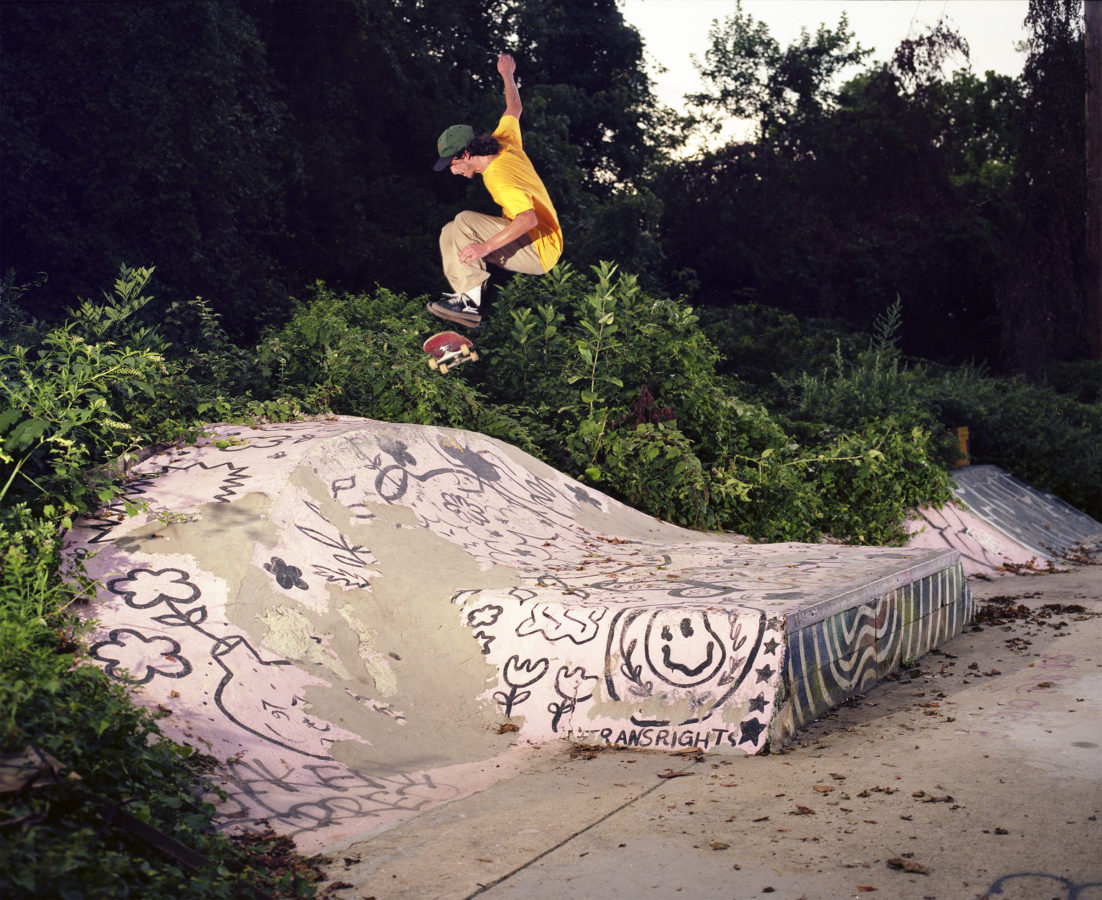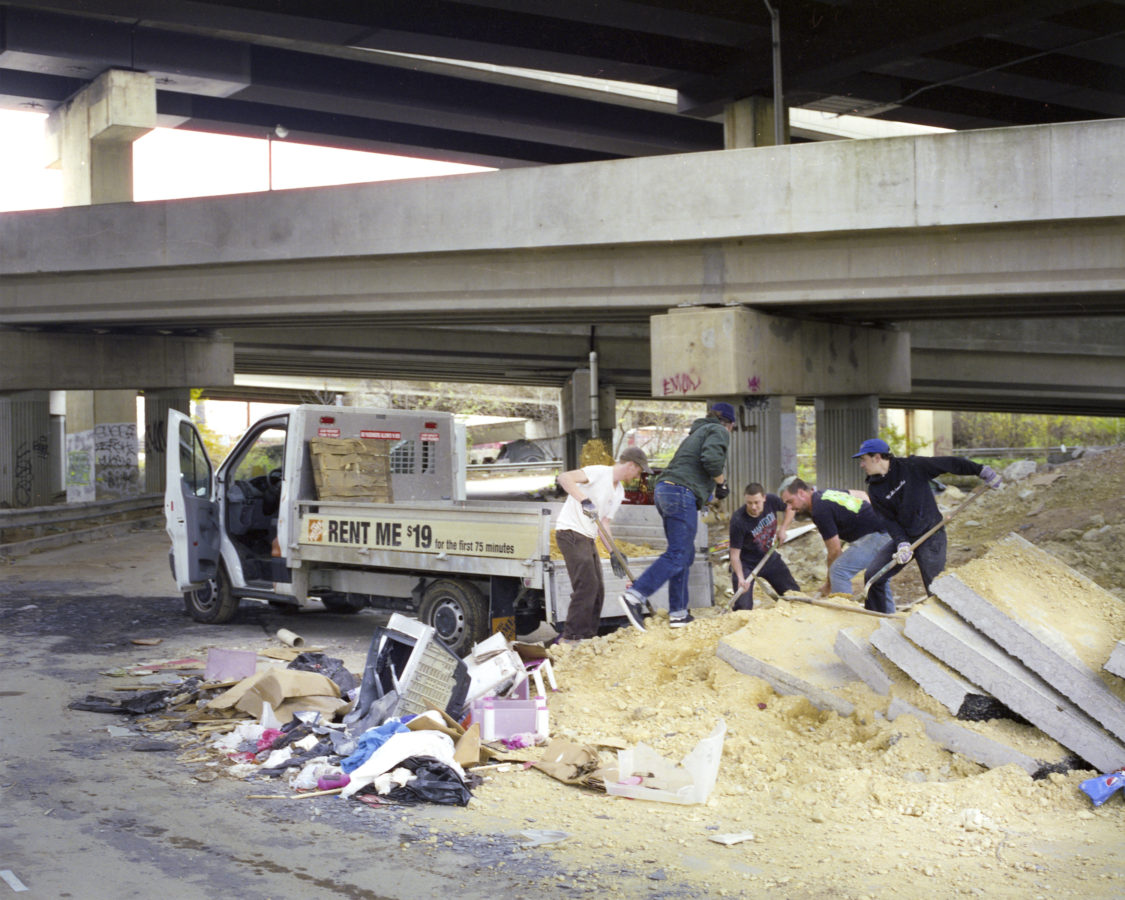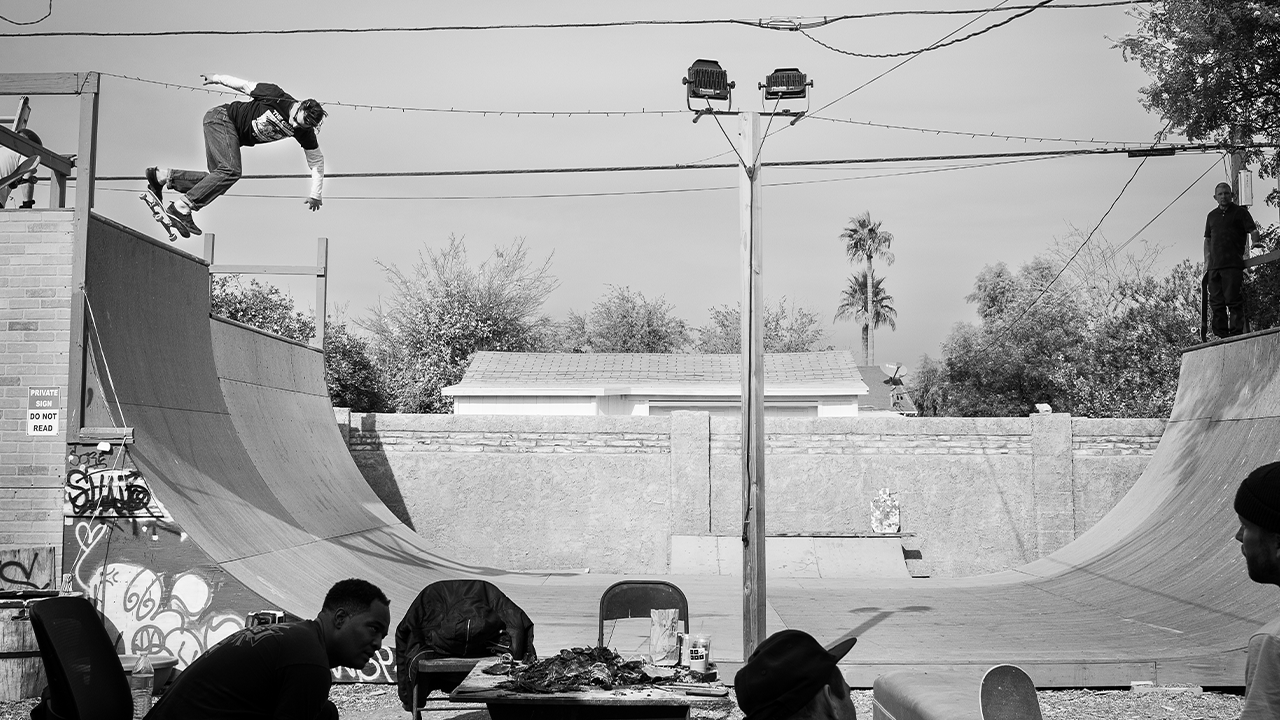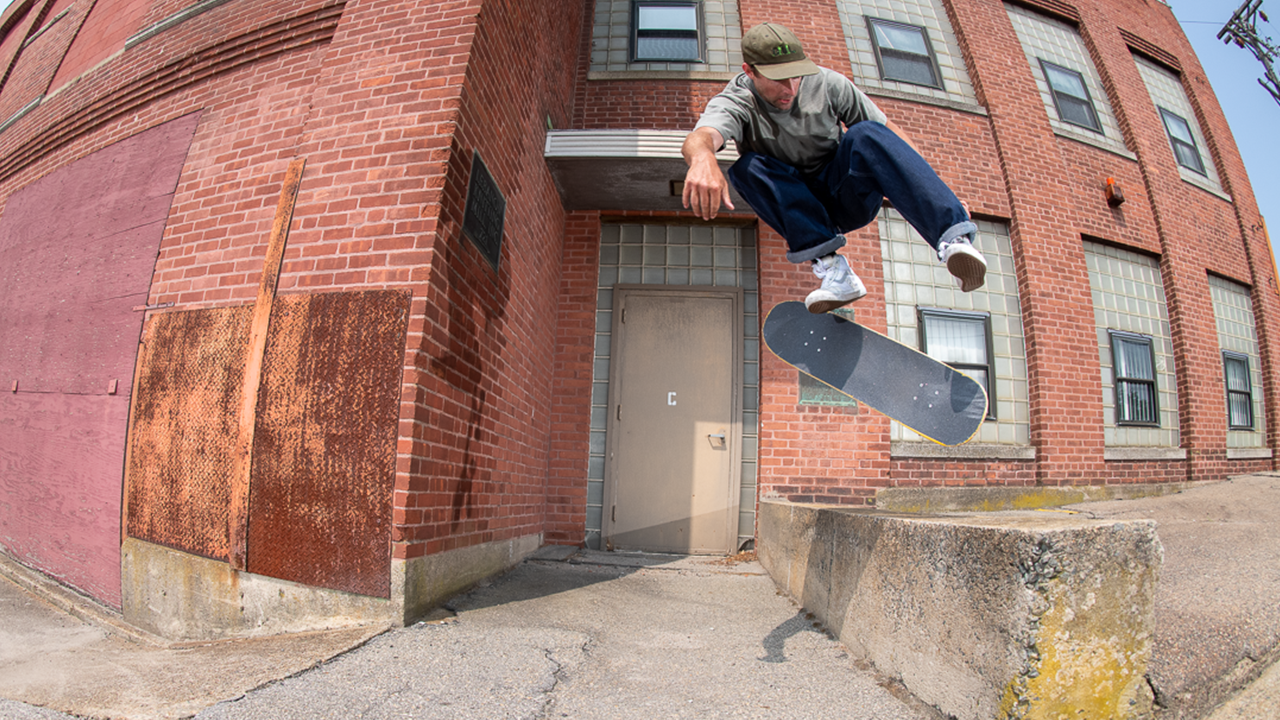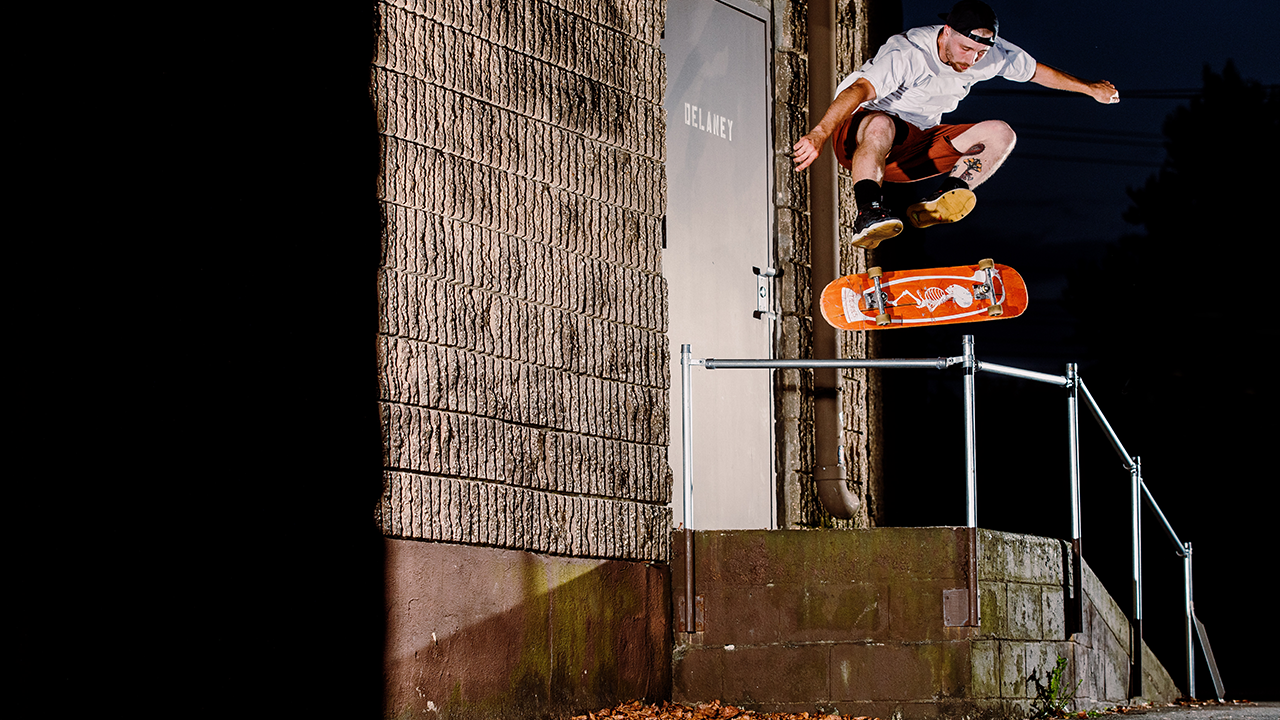Words and photos by Brad Ziegler.
CONCRETE IS FOREVER.
If left untouched by outside forces, a good concrete mix should last for one hundred years. Of course, the “outside forces” in the life of a DIY are rarely limited to traditional factors, such as hard use and weather, but include the constant threat of demolition at the hands of overzealous developers and concerned constituents. Far too often, what was once a vibrant community hub meant to last a lifetime gets turned into a rubble-filled lot with no immediate plans for development or use of land.
As builders of DIY spaces, we are often faced with this paradox of using permanent materials to construct spaces that are often only temporary. When the first load of ready-mix concrete ever created was successfully tested in Baltimore in 1913, builders around the world suddenly had access to a material that was cheap and durable. This not only revolutionized the industry, but opened the gates ti a building option for non-professionals that was easy to work with.
A century later, when the builders of the famous Baltimore skate spot The Ridge saw their years of work torn down by jackhammers, their efforts were confronted with the same premature outside force that always lingers in our minds. This contradiction of permanence and impermanence effectively makes trying to build your own skatepark a fool’s errand. Are we as builders not unlike the myth of Sisyphus, where we are condemned to repeatedly roll our boulders up a hill, only to have them roll back down before we reach the top?
When we first started building Zika Farm in 2016, we were on the heels of two other spots getting torn down, and there was nothing to indicate that this time would be any different. Thankfully, due to its secluded placement, The Farm thus far has been able to flourish. The space has come to be used not only as a skate spot but as a venue to host concerts, late night DJ sets, artists to paint or install their work, or just as a place to escape the cityscape and be surrounded by trees, illegally dumped trash, and mosquitoes.
Despite all of this momentum, Zika Farm may not even be different from the other DIYs who have already encountered their “outside forces.” We might not have yet reached that particular moment in our history. But no matter how long lasting, it is true that each of these spots creates its own lineage in the broader history of a city. While this bit of history may only be of interest to those who use the space, to them each spot deserves its venerable mention in the same timeline that begins with the first uses of concrete in 600 BC Rome.
Working in the medium of concrete, DIY builders etch marks in their landscape that can be archaeologically traced with a trained eye just like an ancient civilization. Look! Here is the chipped ground from our first ledge that we tore out. There is where we experimented with a fast-setting mix, and had to patch over the rough trowel job. That lumpy quarterpipe is where we started, and this smoother, curved coping one is our most recent build.
Almost every skate spot that is built by non-professionals tells its own story in similar ways. And even if the fate of The Farm goes the way of so many other DIYs before it, we’re going to go somewhere else in Baltimore and continue mixing cement and water together, building what we want to see.
Spots can be fleeting, but concrete is forever.

